Accelerating Nuclear Energy
As the nation’s nuclear energy laboratory, Idaho National Laboratory’s (INL) unique nuclear infrastructure and facilities, expertise and capabilities are not just valuable, but essential to America’s energy future. The nuclear energy future we have long envisioned is no longer a distant possibility and we are partnering with institutions across the country to make it a reality. The path to energy dominance runs through Idaho. Together, we will power America’s next chapter.
Impactful Documents
Reevaluation of Radiation
Recommendations to Improve
Breaking News
Our Work in Nuclear
Microreactor Demonstrations
INL is at the forefront of developing and testing microreactor technologies:
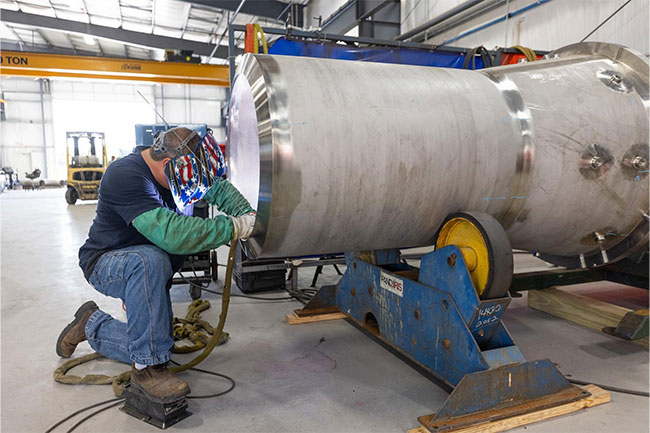
MARVEL Microreactor
INL is leading efforts to build the first-of-its-kind microreactor demonstration called MARVEL, slated for operation by 2027. This project will allow researchers and technology developers to gain operational experience with a real microreactor, test the technical maturity of their designs and enable new microreactor applications.
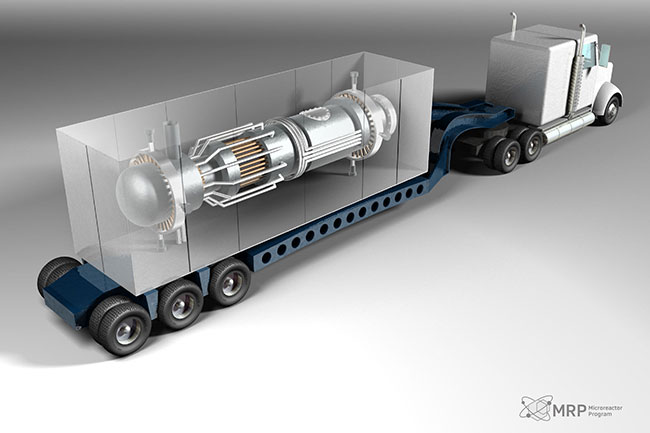
Project Pele
A U.S. Defense Department initiative, Project Pele involves assembling a portable microreactor that will be tested at INL. The demonstration project is being led by DOD’s Strategic Capabilities Office and will be one of the first advanced reactors to operate in the United States.
Collaborations with Leading Nuclear Developers
The nation’s leading reactor developers rely on INL’s expertise and capabilities to advance their technologies:
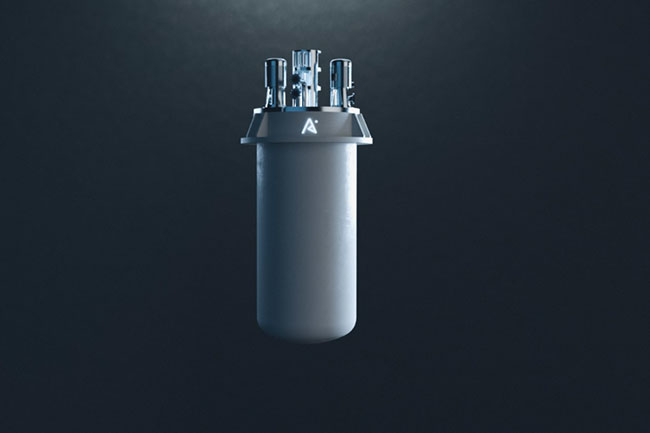
Aalo
Inspired by INL's pioneering MARVEL microreactor project, Aalo is collaborating with INL to advance their nuclear technologies. Their reactor design is slated to be built on-site near the Materials and Fuels Complex, pending DOE authorization.
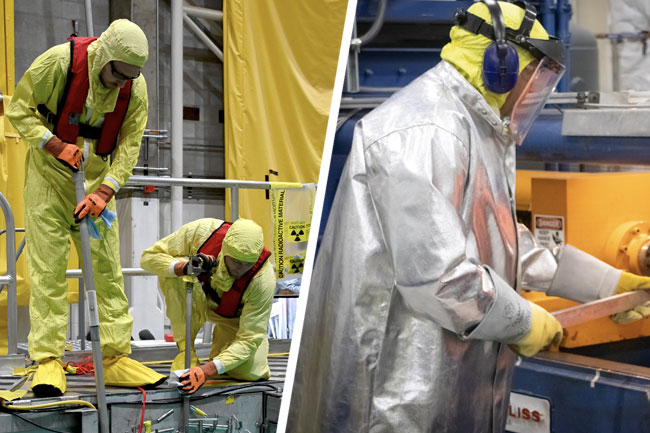
Clean Core Thorium Energy/Lightbridge
Clean Core Thorium Energy is focused on thorium-based fuels and Lightbridge is working on innovative metallic fuels to enhance reactor performance and safety. These projects make use of INL's advanced testing infrastructure.
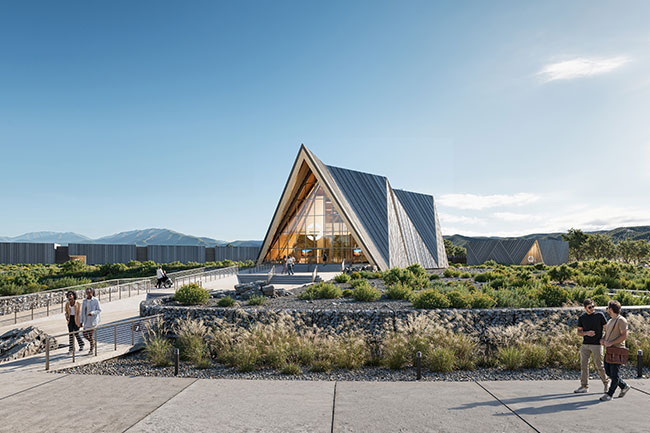
Oklo
Oklo will build its Aurora reactor at INL along with a fabrication facility for the fuel. Oklo will gain access to High-Assay Low-Enriched Uranium (HALEU) from used material at INL, which can be used in the Aurora powerhouse.
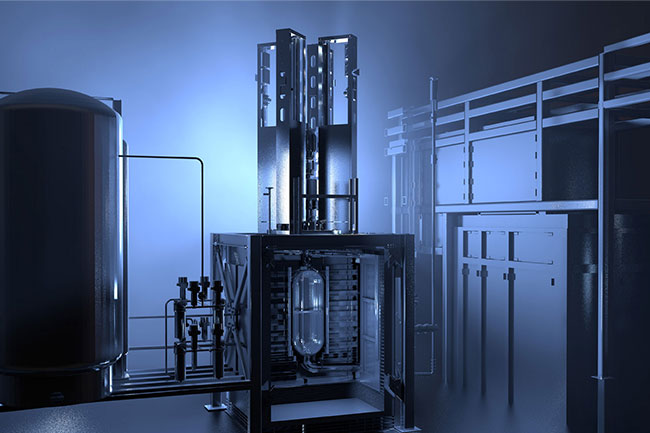
TerraPower, Southern Nuclear Company, Core Power
These companies will run their Molten Chloride Reactor Experiment (MCRE) in INL’s LOTUS facility, advancing the development of molten salt reactors. This is a six-month sub-scale test that will demonstrate the first operational fast spectrum molten salt critical system in the world.
Testing Capabilities
INL has state-of-the-art facilities for testing next-generation nuclear technologies. These facilities enable comprehensive research and development, ensuring that new reactor designs and fuels are rigorously evaluated and optimized. They play a crucial role in supporting our collaborative efforts with leading reactor developers and fuel innovators, driving the future of nuclear energy forward.
Research Areas
Nuclear Fusion
INL is highly involved in the DOE’s awarded Fusion Innovation Research Engine Collaboratives, intended to create a fusion energy science and technology ecosystem to meet the needs of the growing fusion industry:
- INL will lead a project focused on developing nuclear fusion blanket testing capabilities. This project will advance fusion energy systems and aligns with INL’s commitment to innovating energy solutions.
- INL will participate in a collaboration with the University of Tennessee – Knoxville on the development, design and manufacturing of fusion energy materials.
- INL will contribute modeling and simulation support for a Savannah River National Laboratory-led project that will focus on fusion fuel-cycle testing capabilities. INL experts will facilitate the use of MOOSE-based open-source codes and INL’s high performance computing resources.
Advanced Nuclear Fuels
INL is instrumental in developing and testing advanced nuclear fuels:
- TRISO fuels: INL has led efforts to enhance the performance of TRISO fuel and validate its performance. As a result, at least seven reactor developers are planning to use TRISO fuel and several private companies are preparing to manufacture it commercially.
- Accident-tolerant and high-burnup fuels: INL has advanced the development of these fuels for today’s commercial reactors, enhancing safety and efficiency.
- HALEU production: INL is one of the only U.S. sources of high-assay low-enriched Uranium for research and demonstration purposes. INL is actively fabricating HALEU fuel pellets for testing and future reactor designs.
Nuclear Modeling and Simulation
INL leverages advanced modeling and simulation capabilities to accelerate nuclear research and development:
- High-performance computing: INL’s high-performance computing resources enable detailed modeling and simulation of nuclear systems. Our supercomputer systems provide the computational power needed for complex analyses, leading to improved reactor designs and safety evaluations.
- MOOSE framework and codes: The Multiphysics Object-Oriented Simulation Environment (MOOSE) framework is a powerful tool developed by INL for simulating the complex behaviors of nuclear systems. MOOSE supports a suite of codes, including BISON for nuclear fuel performance, RELAP-7 for reactor systems analysis, and Pronghorn for advanced reactor modeling, among others. These codes enable multiphysics simulations that are critical for reactor development and optimization.
- Artificial intelligence: INL’s AI for nuclear energy aims to build partnerships between national laboratories, AI technology companies and nuclear technology developers. INL has already demonstrated the first autonomous non-nuclear microreactor and the first real-time digital twin of a nuclear reactor, but there are significant opportunities to mature commercial reactor remote operation and autonomy.
Space Nuclear
INL is the leading entity for the DOE Space Reactor Program, focusing on several critical areas to advance nuclear technology for space exploration:
- Fission surface power: Ensuring a stable energy supply for lunar bases and operations on the moon. These systems will provide the necessary energy to support long-duration missions and sustain a human presence on the lunar surface.
- Space nuclear propulsion: Advancing technologies that enable more efficient and ambitious space travel. By leveraging nuclear reactors to provide powerful and efficient propulsion, these systems can significantly reduce travel time, increase mission flexibility, and support long-duration deep space exploration.
Molten Salt Research
Molten salts are a diverse group of ionic fluids that can be used for a variety of applications, including nuclear fuels and coolants, for purification and separation of chemical species, and for energy storage. INL is a leader in molten salt reactor research. This class of reactors promises both efficiency and inherent safety features:
- Molten salt chemistry and electrochemical properties: To better understand how molten salts change in high-temperature environments, like a nuclear reactor, INL researchers are developing and demonstrating nonintrusive spectroscopic methods to measure salt compositions and remote sensors for real-time monitoring of the salt’s composition. Researchers are also developing molten salt flow loops to investigate how temperature and salt chemistry impact material corrosion, thermal hydraulics and heat transfer.
- Salt-based fuel cycles: INL researchers are advancing recycling processes for uranium recovery from used EBR-II fuel and developing improved, cost-effective methods with built-in safeguards. They study the properties of molten salts, including challenging components like transuranic elements and irradiated fuels, and are creating scalable technologies for fuel salt synthesis from fresh and recycled materials. Additionally, they are exploring waste form solutions for salt-based radioactive wastes from pyro-processing activities and molten salt reactors.
